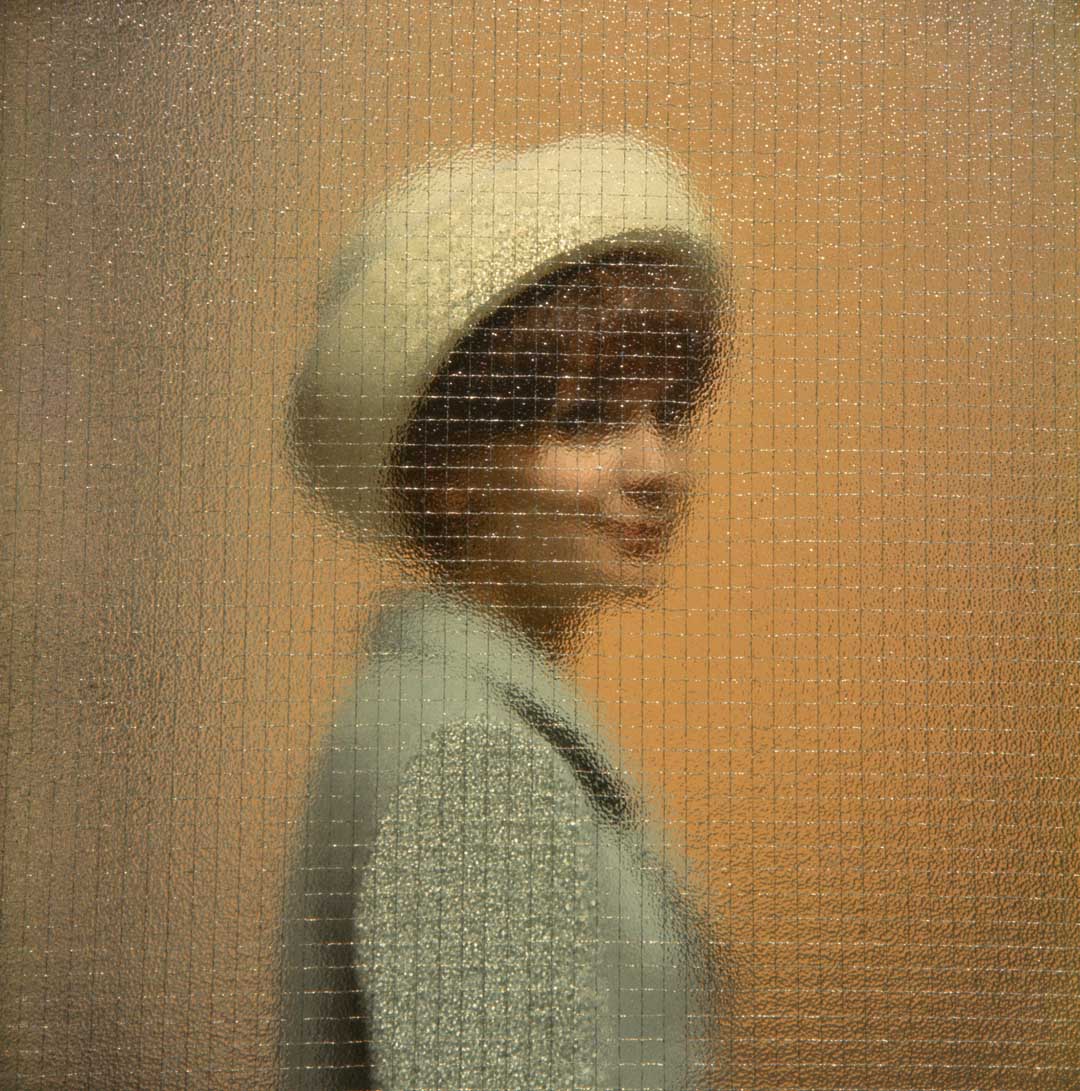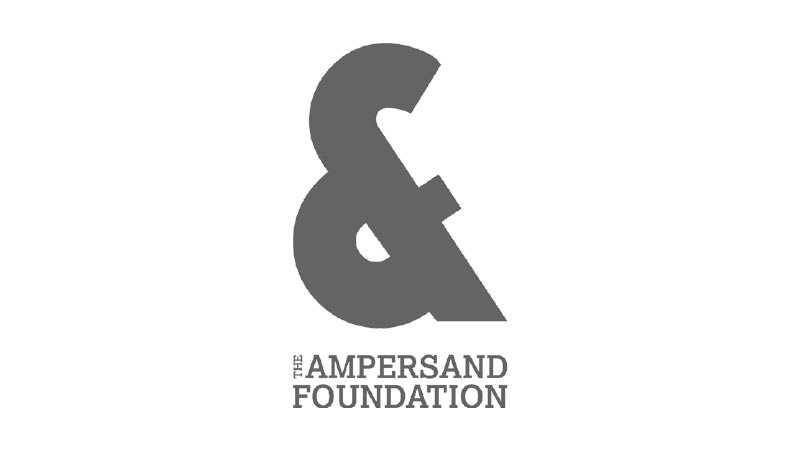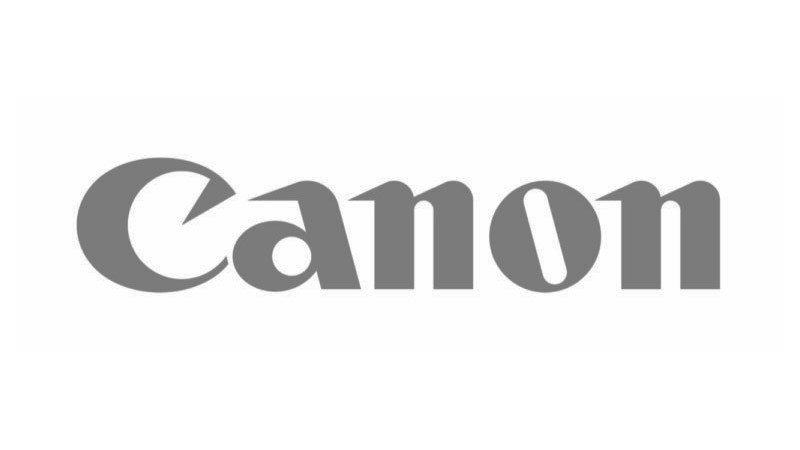On the centenary of Claire Aho
In 2024, Finland was ranked the world’s happiest country for the eighth year running. In times such as these, we may wonder how happiness can be achieved. Looking back at fond memories can be a good start, as can celebrating the positive things in the present.
If there was ever cause for celebration, it’s a centenary. One hundred years ago, the ‘Grand Old Lady of Finnish Photography,’ Claire Aho, was born in Helsinki. The year was 1925, and Finland was a newly independent country. A year earlier, Claire’s father had co-founded the film company Aho & Soldan, which would later introduce Claire to her lifelong passion. If we follow her journey as a photographer, we can see how Claire grew alongside Finland, responding to a rapidly changing world.
Many of Aho & Soldan’s films depicted Finland during that interwar period. One film, still available online today, shows Finland’s progression since its independence, especially its agriculture and industry. The film ends in 1940, with scenes from the war and the message: “Support Finland when it’s time. Finland is calling.” The black cloud of the Second World War was fast-approaching, and Finland would never be the same.
Claire joined Aho & Soldan in the late 1940s, in the aftermath of the war. The devastation cannot be underplayed: many areas of Finland had been destroyed; many people were in mourning, others traumatised. It was necessary to reflect on the war and impossible to simply move on. Nevertheless, when looking at Claire’s work from that postwar period, we are drawn to the optimism that was vital to Finland’s recovery.
The 1952 Helsinki Olympics was a chance to welcome a new era. As Finland played proud host to the wider world, Claire filmed the jubilation both in and outside the stadium. As wartime restrictions eased, photographic materials became more available, meaning Claire was able to work with colour. Her photographs did justice to the flags of the world, including Finland’s newly official blue-and-white cross. The games were a celebration of Finland, the end of war and a brighter future. Claire captured that celebration in all its colours, establishing her career as a commercial photographer.
Today, we tend to regard advertising cynically. It seems as though everyone wants to sell us something. However, there was a far more positive attitude towards consumerism in 1950s Finland. Exciting new products appeared on the market, and Claire played a key role in their commercial success. Having made her name at the Olympics, she was hired by all kinds of businesses looking to sell their products.
Since wartime rationing had ended, there was every reason to promote brands of food and drink, such as Fazer, Jaffa and Paulig. Claire brought her sense of fun into these images: in an advert for Fazer confectionary, she used invisible thread to levitate the sweets. Ornamental penguins stand in the midst of glacier-like cakes at a Valio ice-cream parlour. Her models often appear relaxed and good-humoured, whether posing with a copper kettle or a bottle of orangeade.
Claire worked with many female models, particularly in fashion shoots for magazines such as Eeva and Me Naiset (‘We Women’), as well as the Cotton Rhapsody Catalogue she created together with set and costume designer, artist Anneli Qveflander and glass artist, designer Timo Sarpaneva in her studio in 1958. In addition to photographic materials, the availability of fabric increased. This meant that many Finnish artists were employed to design patterns that had previously been imported. In this regard, Claire’s commercial photographs can be viewed as celebrations of authentic Finnish fashion.
Being an ambitious individual herself, it’s no wonder Claire became acquainted with Armi Ratia, the co-founder of Marimekko. The greatly successful textiles company is known for its large, vibrant designs, such as Unikko (‘Poppy’). With her reputation for colour, Claire was the ideal photographer to promote these designs, enabling them to reach and inspire the global fashion industry. Advertising was one way in which Finland was able to declare its identity to the wider world.
In turn, Finland took influence from countries beyond its borders. Foreign products began to appear in adverts, such as the Vespa motorbike in one of Claire’s adverts for Jaffa. Vespa had been popularised by Italian film stars, bringing the ‘biker’ subculture to Finland. Claire also advertised television sets for Televisio, encouraging the worldwide transmission of pop culture. In this way, Finland connected to the world around it while retaining its independence – as did Claire. When the demand for colour photography dwindled in the 70s, she moved to Sweden in search of more work. With her, she took her young son, her artistic integrity and her love of Finland.
A picture cannot tell every story, and there is no doubt that not every aspect of Finnish life during that time was positive. Nor is every Finn permanently happy. However, Claire’s colourful photographs highlight the aspects of hope, freedom and joy that defined the zeitgeist. Last year, the World Happiness Report focused “on the impact of caring and sharing on people’s happiness,” meaning Finland’s happiness was partly assessed by people’s connections to each other. Looking back at Claire’s career, it’s clear how connected she was to the subjects of her photographs. She helped promote and form Finland’s identity, which in turn helped build her career. She worked with women who wanted to make their stamp on Finland and the wider world. Claire’s photographs capture happiness, and her career demonstrates one way that happiness can be achieved: by connecting to the world around you.
By Katie Waters












